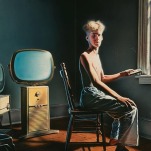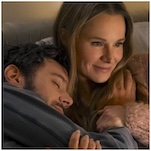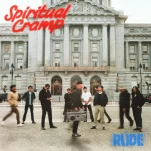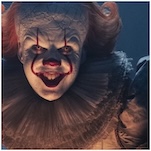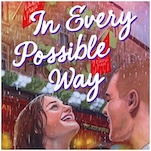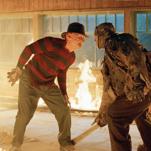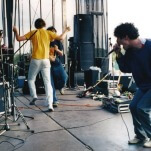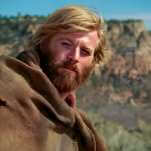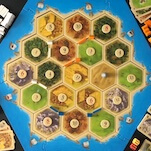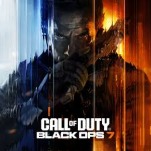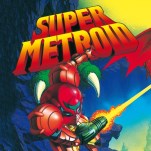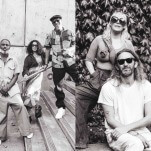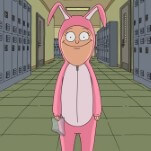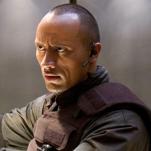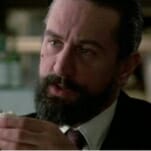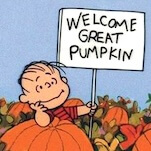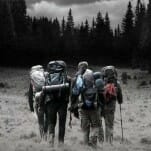The Feeling of Following: An Interview with David Robert Mitchell
We talk to the director of It Follows about the timeless place where dread and nostalgia meet.
It should come as a surprise that It Follows, 2015’s buzziest horror offering, is directed by David Robert Mitchell. Mitchell made his debut in 2010 with the indie teen drama The Myth of the American Sleepover, so the leap to horror feels like a gear shift. But watching the two films in succession, there’s a sense that It Follows might take place just down the street from any character’s house in Myth. Ultimately the greatest shock of all lies in how well these movies mesh with one another.
With only a pair of productions under his belt, Mitchell has landed on a distinct style that’s unmistakably his own. Recently, Paste had the chance to catch up with the director about the genesis of It Follows (a project that he began brewing up just about a year after the release of The Myth of the American Sleepover), audience immersion, his approach to filmmaking and how the unique challenges posed by shooting horror wound up influencing his technique. Read the full interview, then pass it on:
Paste Magazine: So let’s talk It Follows. Am I to understand you’ve been working on this movie since right after The Myth of the American Sleepover came out?
David Robert Mitchell: Well, I mean, off and on. I wrote it in 2011. I actually spent a good deal of time trying to put a different project together, which I had intended to be my second film. When I wrote It Follows, I thought it would be my third film, but the other one, we just were sort of struggling to get financing for it and it wasn’t coming together. So I sort of moved this one up and made this one second.
Paste: Gotcha!
DRM: Yeah, so I wasn’t working on it the whole time. I spent a whole lot of time during that period trying to do something else, and then sort of got frustrated and decided to put my energy into trying to make It Follows happen. And it definitely happened a lot quicker. These things are never easy, but at least it happened.
-

-

-

-

-

-

-

-

-

-

-

-

-

-

-

-

-

-

-

-

-

-

-

-

-

-

-

-

-

-

-

-

-

-

-

-

-

-

-

-

